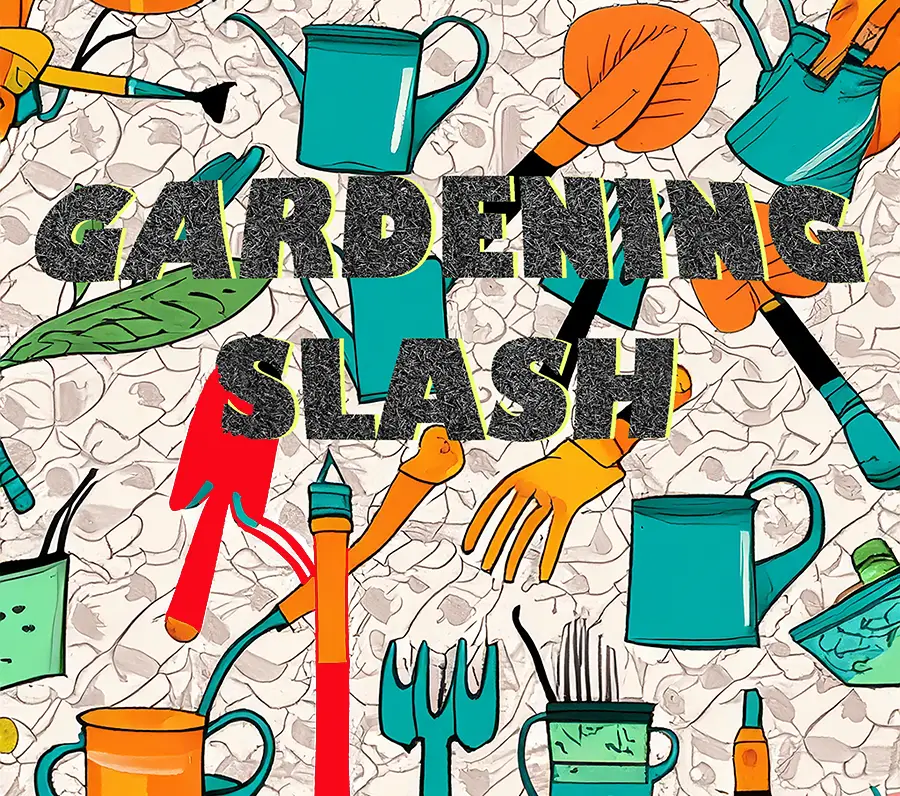Living in an urban area often means dealing with limited space, but that doesn’t mean you have to sacrifice your love for gardening. Vertical gardening is a fantastic solution for city dwellers looking to bring a touch of nature into their homes. Not only does it maximize your available space, but it also adds a unique and aesthetic appeal to your environment.
Discover the Benefits of Vertical Gardening
Vertical gardening is more than just a trend—it’s a smart way to use your space efficiently. By growing plants vertically, you can transform walls, fences, and even balconies into lush, green havens. Here are some of the top benefits of vertical gardening:
- Maximizes Space: Vertical gardens make use of vertical surfaces, freeing up ground space for other uses. This is especially beneficial in urban areas where floor space is at a premium.
- Improves Air Quality: Plants are natural air purifiers. A vertical garden can help improve the air quality in your home by absorbing pollutants and releasing fresh oxygen.
- Enhances Aesthetics: Vertical gardens can transform drab walls into vibrant, living works of art. They add a touch of nature and tranquility to urban settings, making them more inviting and pleasant.
- Increases Privacy: Vertical gardens can act as natural screens, providing privacy from nosy neighbors while beautifying your space.
Stunning Examples of Vertical Gardens
To spark your imagination, here are some stunning examples of vertical gardens that showcase the versatility and beauty of this gardening method:
- Living Walls: These are self-sufficient vertical gardens that are attached to the exterior or interior of a building. They can be used to cover large areas and create a striking visual impact.
- Vertical Pallet Gardens: Using repurposed wooden pallets, you can create a rustic and charming vertical garden. This is a great DIY project that adds both greenery and character to your space.
- Hanging Planters: Perfect for balconies or patios, hanging planters allow you to grow a variety of plants without taking up any floor space. They’re ideal for herbs, flowers, and small vegetables.
Get Started with Your Own Vertical Garden
Starting your own vertical garden at home is easier than you might think. Here are some tips to help you get started:
- Choose the Right Plants: Not all plants are suited for vertical gardening. Opt for lightweight, fast-growing plants like herbs, succulents, and small flowering plants. Consider the light and temperature conditions of your chosen space.
- Select a Suitable Structure: Depending on your space and aesthetic preferences, choose a structure that supports vertical growth. This could be a trellis, a pallet, a wall-mounted planter, or even a simple hanging system.
- Use Quality Soil and Fertilizer: Good soil is crucial for the health of your plants. Use a high-quality potting mix and add fertilizer as needed to ensure your plants get the nutrients they need.
- Ensure Proper Watering: Vertical gardens can dry out faster than traditional gardens, so it’s important to keep an eye on moisture levels. Consider installing a drip irrigation system for consistent watering.
- Maintenance: Regularly prune and check your plants for pests. Vertical gardens are more exposed, so they might require more frequent maintenance.
Frequently Asked Questions (FAQs)
Q: What are the best plants for vertical gardening? A: Some of the best plants for vertical gardening include herbs like basil and mint, succulents, ferns, and small flowering plants like petunias and begonias.
Q: How do I water a vertical garden? A: Watering can be done manually with a watering can or by installing a drip irrigation system. Ensure the water reaches all levels of the garden, especially the higher sections which may dry out faster.
Q: Can I create a vertical garden indoors? A: Yes, vertical gardens can thrive indoors as long as they receive adequate light. Use grow lights if natural light is insufficient.
Q: How do I prevent pests in my vertical garden? A: Regularly inspect your plants for signs of pests. Use natural pest control methods like neem oil or introduce beneficial insects like ladybugs to keep pests at bay.
Embark on your vertical gardening journey today and transform your urban space into a green oasis. Not only will you enjoy the aesthetic and environmental benefits, but you’ll also experience the joy and satisfaction of growing your own plants.

